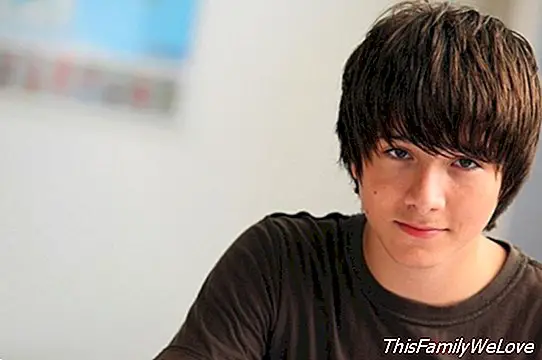Separate the students in the classrooms

Throughout history, governments, ministries and schools have come up with different methods to improve the education system, revolving around a central question: How should children be grouped in schools? From here came the response to comprehensive school, which occurs in our country to this day.
The comprehensive school was imposed in Great Britain and promoted by Anthony Crosland, secretary of state for education of the Labor government. Crosland, through the creation of this new method of education, ended the tripartite system, based on separating children through a test at the age of 11 years and redirecting them to three types of schools based on their performance. It was the model of several European countries that focused their education on the comprehensive school.
Separation for academic performance
The Spanish system is still dominated by the comprehensive school, whose implementation was the commitment of the LOGSE, but the model is changing in other ways, since there are many centers, regardless of what the law dictates, which separate students according to their academic performance.
30 percent of the institutes separate their students by knowledge, dividing them into those with more or less competences. While, another third, keeps their students in differentiated groups only for some subjects. By separating students, the knowledge gap between the two is accentuated and school failure triples, especially in those young people who come from families with a low socioeconomic level or environments in which they do not pay too much attention to the education of their children.
"Our system has gone on the hunt for the student who is not doing well, and has been referred to differentiated groups. It is a reality in daily practice, which tends to be constituted from the fifth or sixth grade of primary school, when the classrooms are separated according to the performance of the students. It is a separation that takes place with the explicit knowledge of the cloisters and, sometimes, of the families, "says Juan Manuel Escudero, professor of didactics and school organization at the University of Murcia.
In an educational center, where it is grouped homogeneously, many children are left unattended. Not much is expected from groups of students who perform less and lower expectations. For this reason, it ends up fulfilling the prophecy: the teachers' expectations condition the students, who, faced with the low stimulus, fulfill the behaviors that the teachers expected.
Repeaters increase failure in the classroom
If segregate by levels is negative, it is no less the accumulation of repeaters in the classroom. It has been shown that the groups that have more students who are repeating the course tend to have worse academic results. The sociocultural and economic level of the families of the students is another factor. Students who come from a family with a high sociocultural level and more resources are more likely to escape school failure.
What is the use of education in society?
In the classroom you have to learn to live with other people, creating conditions similar to what real life will mean. The great challenge for a school is to fulfill the role of social integration and cohesion. The school must be a reflection of the type of society we want to form. After all, to find an educational system that really serves the enrichment of children, we should ask ourselves, How do we want the citizen of the future to be?
Noelia de Santiago Monteserín




